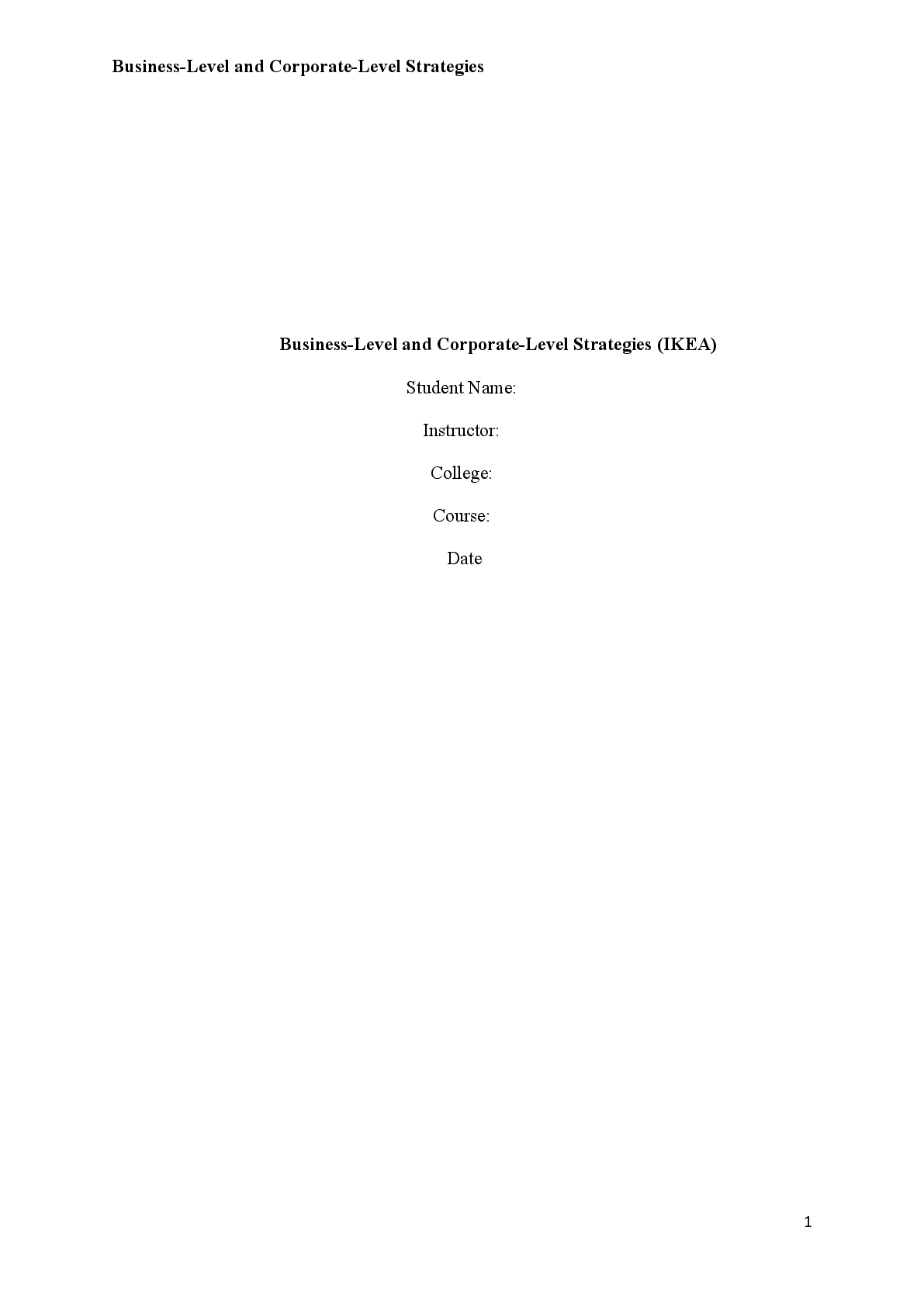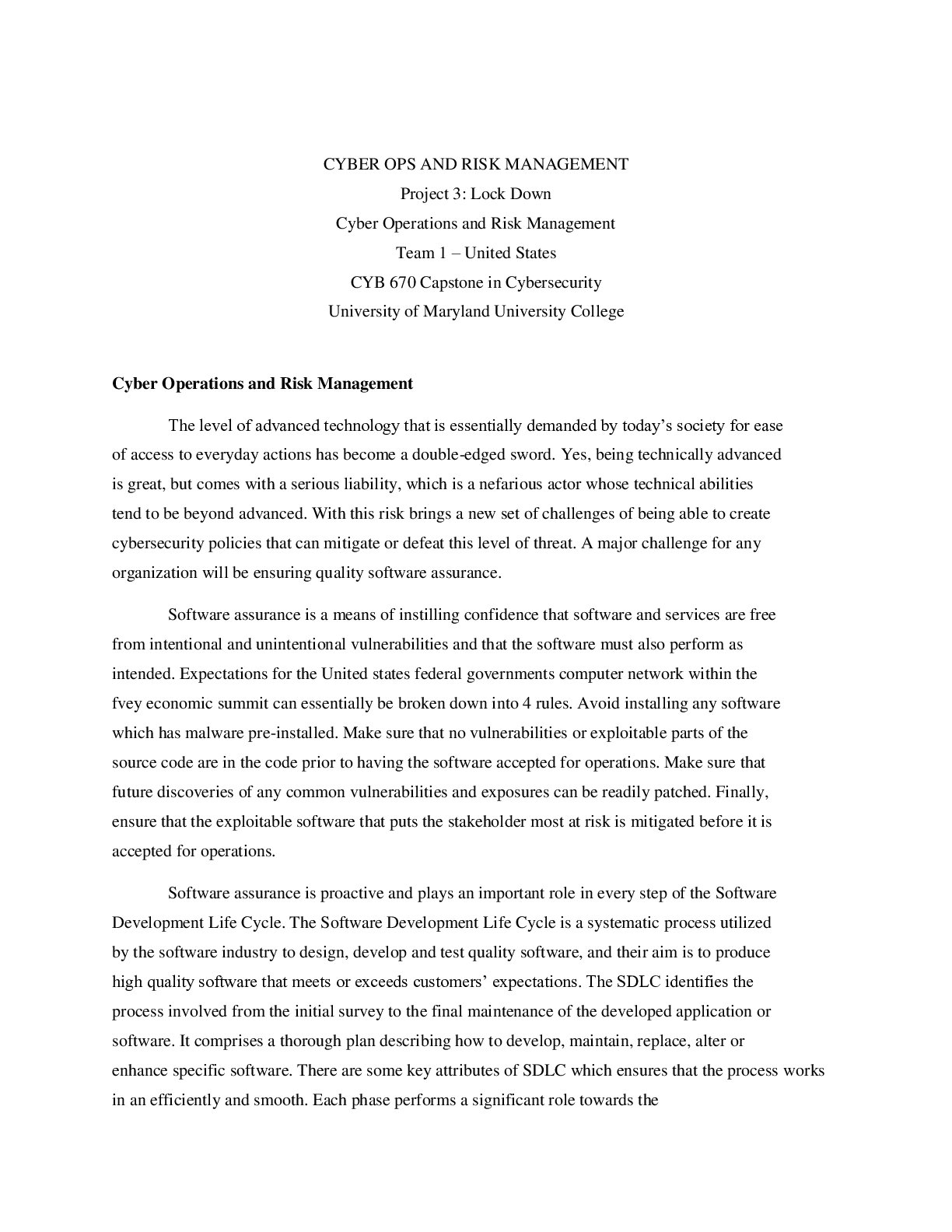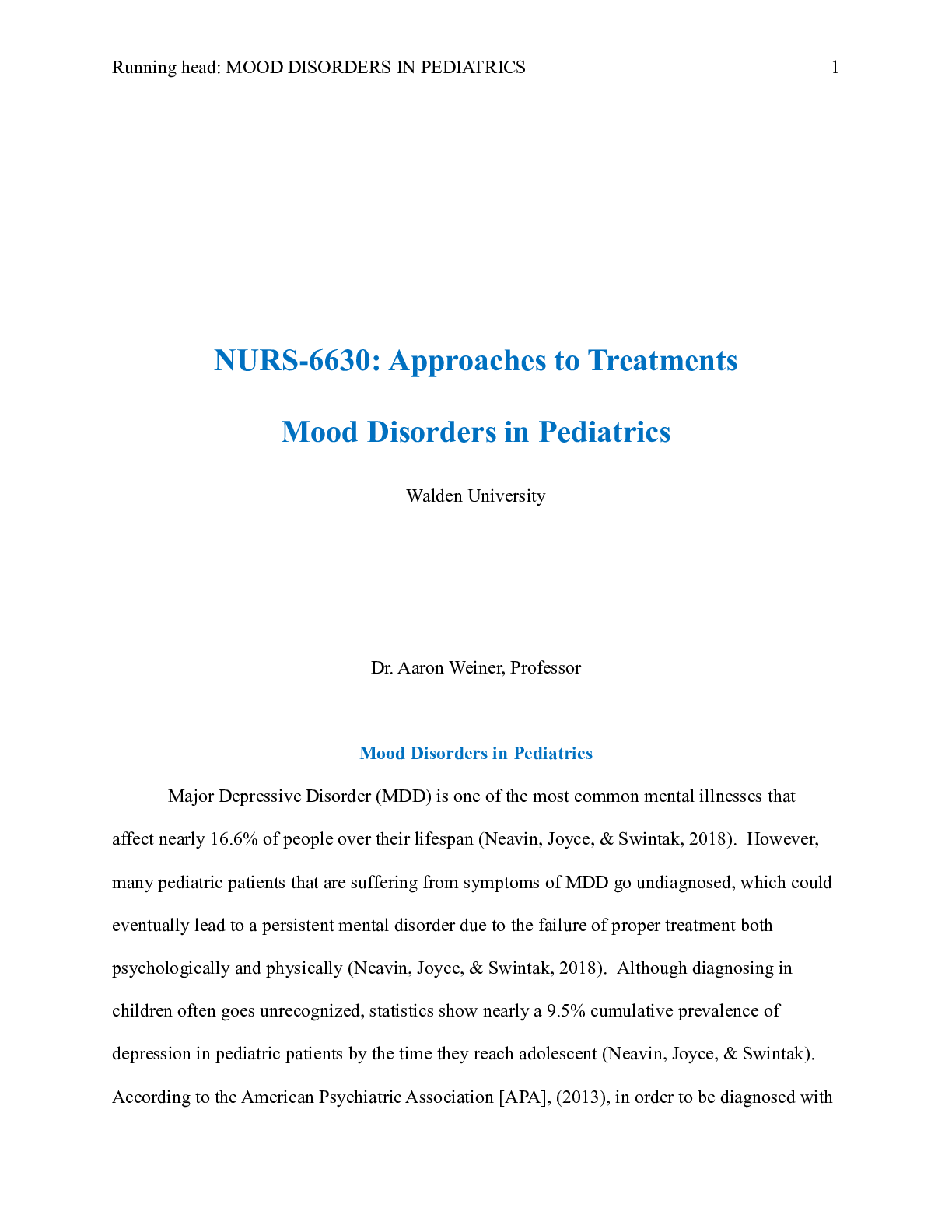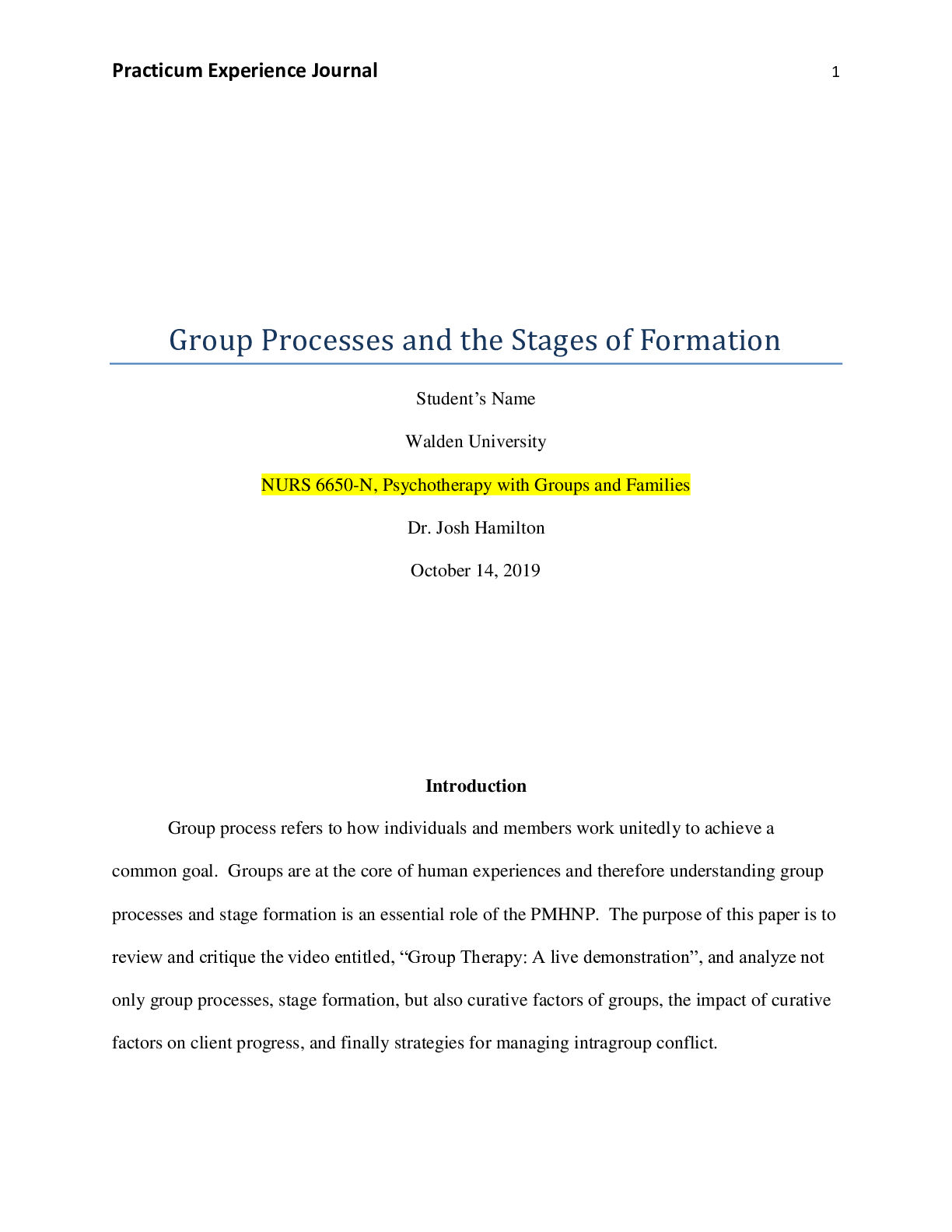English > Research Paper > English as Additional Language Variations and Consideration in Student Writing (All)
English as Additional Language Variations and Consideration in Student Writing
Document Content and Description Below
Option One Many of the readings in this unit argue that “native-like” use of English is no longer an appropriate target for users. In his small-scale study in Hong Kong, Sung (2013) found that ... students have different ideal pronunciation models and that speakers’ preferences for English pronunciation “may be a reflection of the kinds of identity they would like to project” (p. 20). Write a paper in which you take a position on whether native-speaker pronunciation should be taught as a model in English courses. Support your position by drawing on readings from this unit of the course as well as your personal experience as an EAL user. Option Two Write a formal response to the article written by Matsuda and Matsuda (2010), specifically taking a position on whether English as an additional language (EAL) writers should be taught the dominant forms of English writing, the nondominant forms, or both. You may choose to make this argument specifically for EAL writers in Expanding Circle countries or EAL writers studying in Inner Circle countries—or, you may address both situations. Support your position by drawing on readings from this course as well as your personal experience as an EAL writer. Option Three Many of the readings in this unit argue that “native-like” use of English may not be an appropriate target for some English learners. Sung (2013), for example, found that students had different ideal pronunciation models and that speakers’ preferences for English pronunciation “may be a reflection of the kinds of identity they would like to project” (p. 20). Writing can also be said to have an “accent,” and English as an additional language (EAL) writers may “sound” different from first language English writers. Write a position paper for University of Arizona professors, in which you discuss whether or not nonnative English variations should be considered acceptable in student writing. Support your position by drawing on readings from this unit of the course as well as your personal experience and/or goals as an EAL writer. Requirements 1600-2000 words Formatting must be consistent with academic expectations (12 point Times New Roman font, double-spaced, 1” margins, etc.) Sources should be cited in the text and at the end of the paper, using APA documentation style Important Dates Thursday, Nov. 3: Project Planning due Thursday, Nov. 10: 1st draft due (Peer Review day) Tuesday, November 15th— Thursday, Nov. 17: Group conferences on 2nd drafts (classes cancelled) Tuesday, Nov. 22: 3rd draft due Tuesday Nov. 29: Final Project due, with complete Feedback Response Form (from all drafts) English 106 Learning Objectives for this Project Academic Literacy Practices 2C: Develop an idea using explanations, examples, and/or details. 2D: Summarize a familiar text using some conventional summary language (e.g., third person, reporting verbs). 2G: Understand concepts of intellectual copyright and plagiarism as defined in US academic environments and at the University of Arizona. Reflection and Revision 3B: Revise their writing on global and local levels. 3C: Make use of peer and instructor feedback when revising their texts. Academic Language and Conventions 4A. Identify and use common academic phrases for functions such as organizing ideas, expanding on ideas, providing examples, expressing personal views, attributing ideas, and making claims or sharing a thesis. 4B: Apply conventional formatting features to their writing, such as use of capitalization, titles, sentence boundaries, paragraphs, and document layout. 4C: Produce simple written text that conveys the intended meaning to readers. 4D: Incorporate some syntactic and lexical variety into their writing. Project Grading Criteria Criterion Description of an “A” Paper Purpose (20%) Argument or position is clear, identifiable throughout, and well aligned with the assignment task. Development and Support (35%) The main position or argument in the paper is persuasively developed through relevant and interesting explanations, examples, and other details. Ideas in the paper are supported through relevant class readings and through interesting personal experience. Academic Discourse and Language Conventions (35%) Source texts are summarized or paraphrased in useful and appropriate ways where relevant. Paper makes excellent use of common academic phrases for functions like expanding on ideas, providing examples, expressing personal views, and/or making claims. Writing incorporates very good syntactic and lexical variety. Text conveys the intended meaning to readers. Formatting (10%) Paper uses conventional formatting for page formatting/layout, title, capitalization, paragraph formatting, and sentence boundaries. Sources are accurately cited through APA documentation style. **Note: Revision and Reflection are graded separately through the Feedback Response Form and Project Reflection [Show More]
Last updated: 1 year ago
Preview 1 out of 7 pages

Buy this document to get the full access instantly
Instant Download Access after purchase
Buy NowInstant download
We Accept:

Reviews( 0 )
$5.00
Can't find what you want? Try our AI powered Search
Document information
Connected school, study & course
About the document
Uploaded On
Aug 13, 2019
Number of pages
7
Written in
All
Additional information
This document has been written for:
Uploaded
Aug 13, 2019
Downloads
0
Views
244

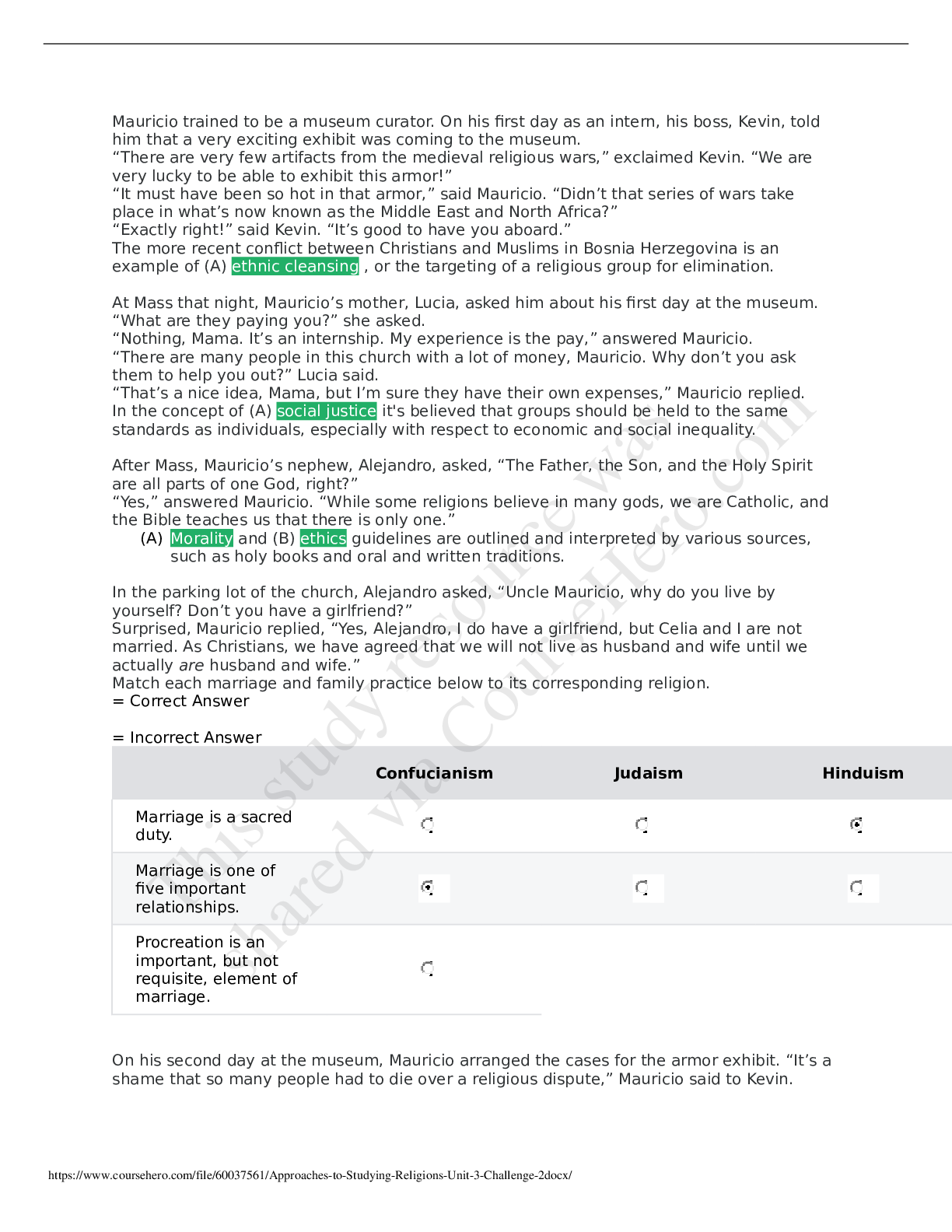
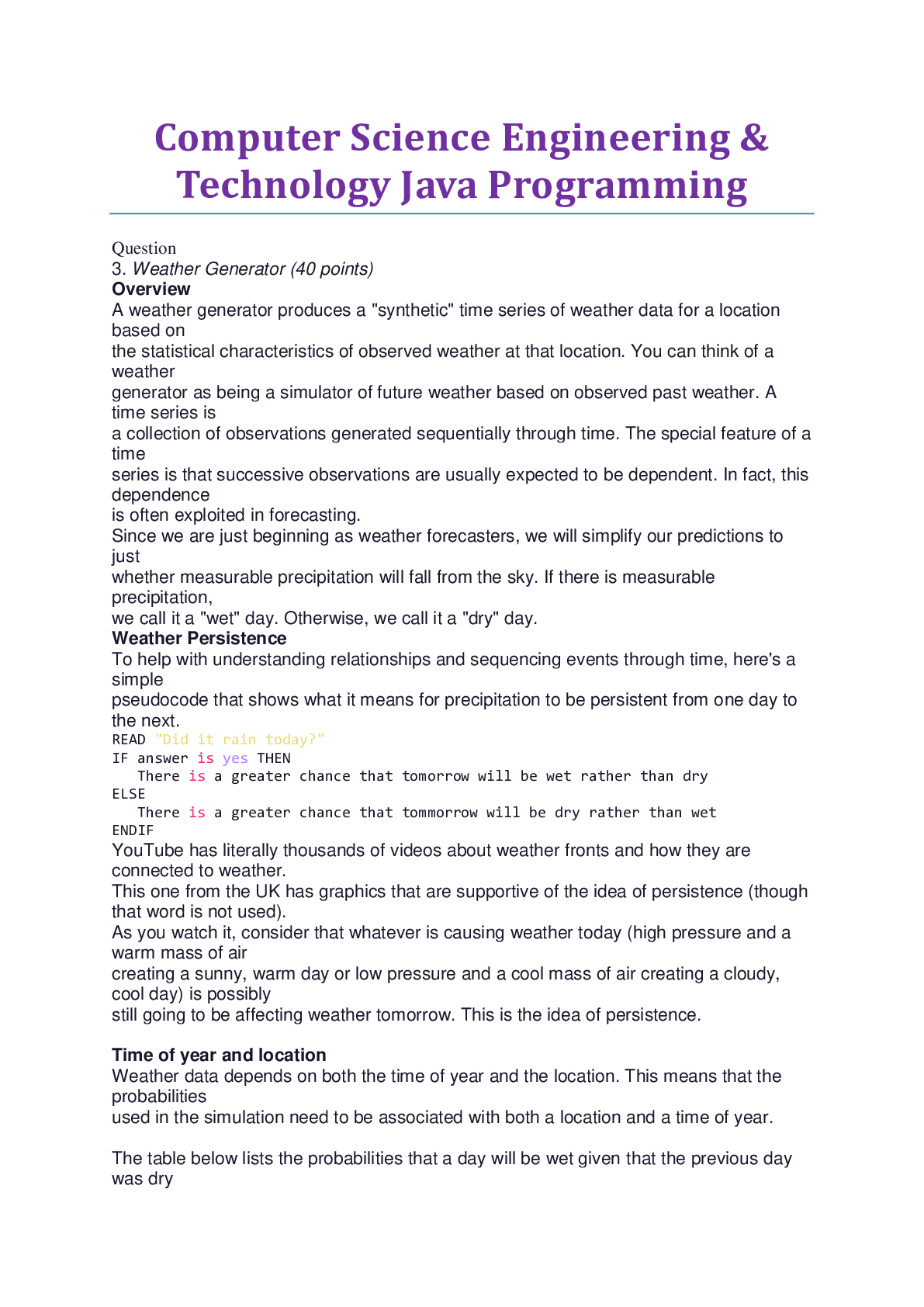
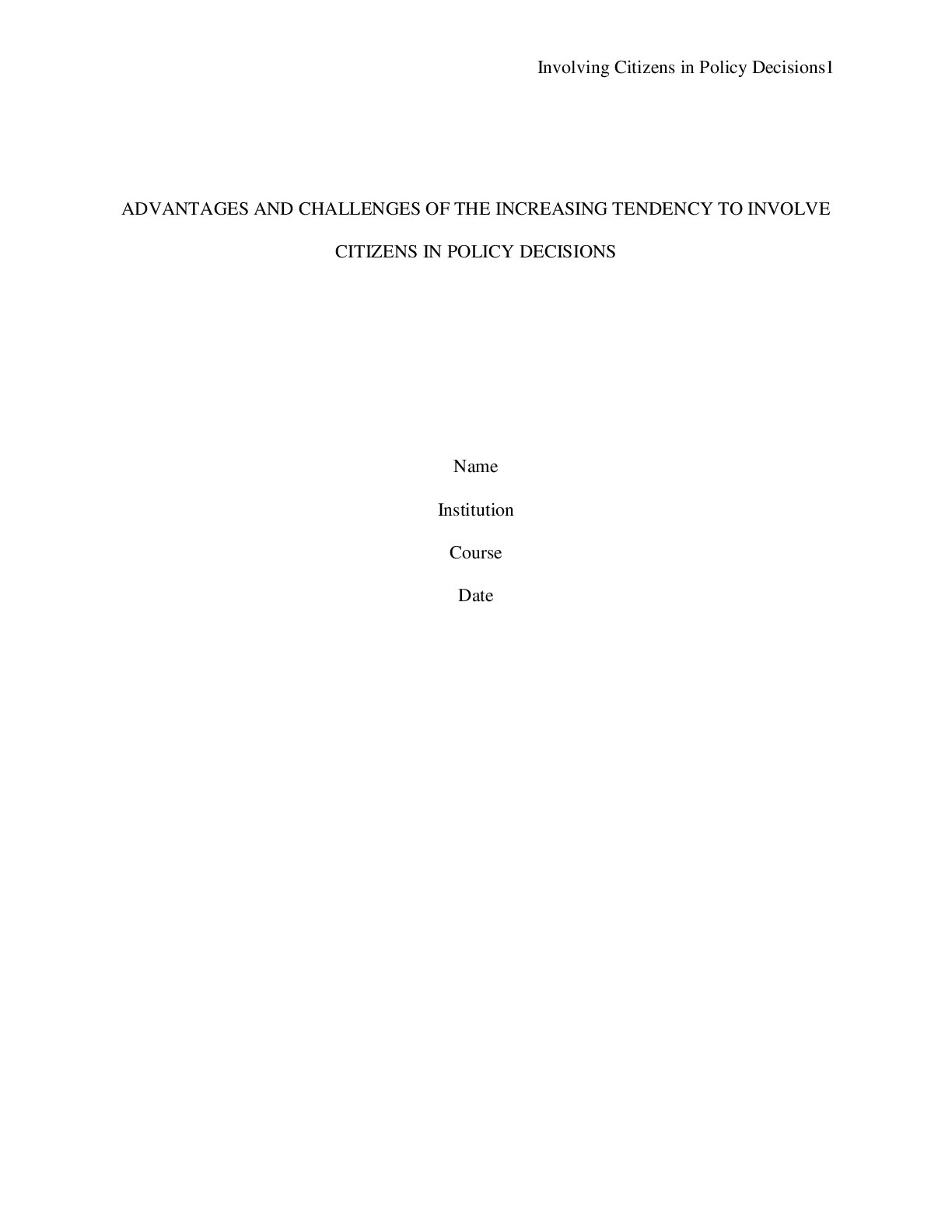







.png)


